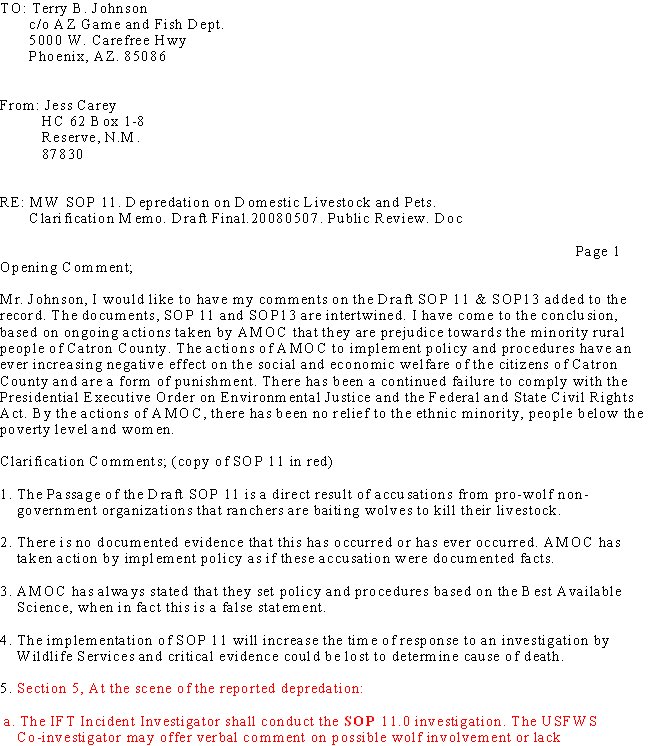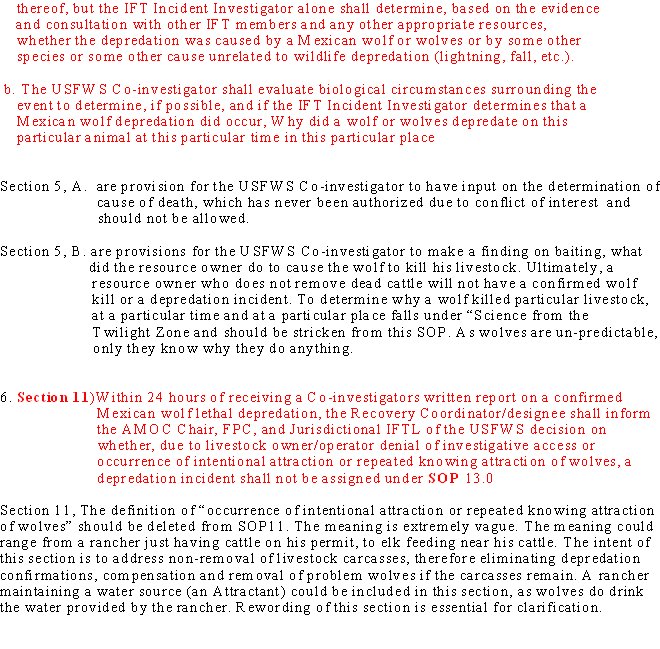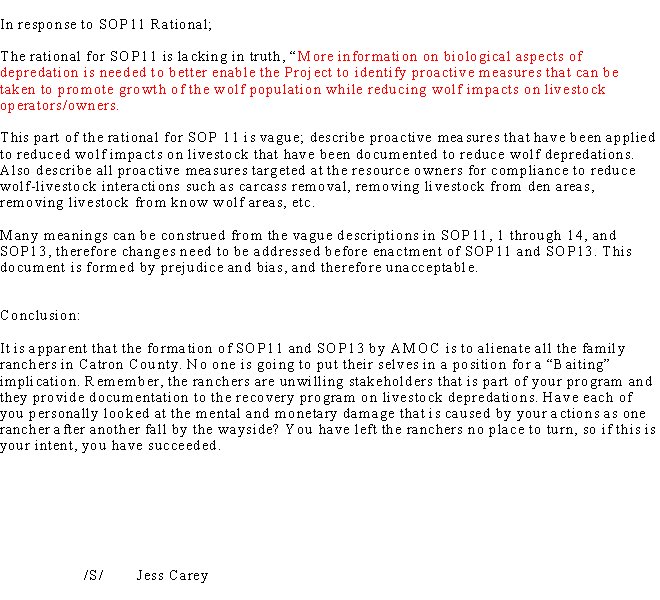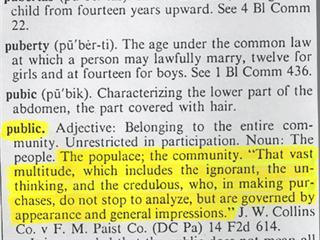House approves 6 new national heritage areas
By DAVID DISHNEAU | Associated Press Writer
5:59 PM EDT, October 24, 2007
Article tools
E-mail Share
Digg Del.icio.us Facebook Fark Google Newsvine Reddit Yahoo Print Single page view Reprints Reader feedback Text size: HAGERSTOWN, Md. - The U.S. House of Representatives approved a bill Wednesday that would create six new national heritage areas, including the Journey Through Hallowed Ground, a 175-mile Civil War commemorative route that crosses parts of Maryland, Pennsylvania, Virginia and West Virginia.
The measure now goes to the Senate. It also would create national heritage areas in parts of Alabama, Arizona, Massachusetts, Illinois, New Hampshire and New York, and extend for 15 years the authorization of nine existing heritage areas set to expire in 2012.
Thirty-seven such areas have been established under a program that provides federal matching grants to public-private management groups for tourism promotion.
"We're thrilled," by the House vote, said Cate Magennis Wyatt, president of the Journey Through Hallowed Ground partnership, based in Waterford, Va. The area would feature at least 10 Civil War battlefields between Gettysburg, Pa., and Charlottesville, Va., and include Harpers Ferry, W.Va.
The House approved the resolution 291-122. All the "no" votes were cast by Republicans, including Rep. Roscoe G. Bartlett, R-Md., and Virginia Republicans Virgil Goode and Bob Goodlatte, whose districts include parts of the Hallowed Ground area.
Bartlett supported an earlier Hallowed Ground bill but said the $15 million version approved Wednesday "tramples over taxpayers' interests and private property rights." He also complained that his constituents' input would be limited by a Journey management entity controlled by Virginians.
Bartlett cited a report by the conservative Heritage Foundation, which said the bill would "give a handful of Virginia environmentalists and wealthy landowners extraordinary powers over how private property can be used."
Note that Raul Grijalva (D) Arizona introduced this bill and also has his hands all over proposed wilderness area for Arizona which would preclude a border fence.
The rest of the AP story can be viewed at: http://www.newsday.com/news/local/wire/newyork/ny-bc-ny--heritageareas1024oct24,0,2622773.story
And now the Heritage Foundation's analysis of National Heritage Sites:
October 22, 2007
National Heritage Areas: Costly Economic Development Schemes That Threaten Property Rights
by Ronald D. Utt, Ph.D. and Cheryl Chumley
WebMemo #1671
The House of Representatives is now considering the Celebrating America's Heritage Act (H.R. 1483), as amended by Representative Raul Grijalva (D-AZ). The bill would expand the cost and scope of federally sanctioned and financed economic development entities known as National Heritage Areas (NHAs). Although there is no specific provision in federal law that defines or authorizes the existence of such entities, Congress has been authorizing their "designation" on a case-by-case basis since 1984. Thirty-seven NHAs now operate throughout the United States.
H.R. 1483 would add an additional six NHAs to the fold (including the controversial Journey Through Hallowed Ground NHA), expand the boundaries of three now in operation, and increase by 50 percent the amount of federal funds available to NHAs by way of the National Park Service (NPS) budget.
If enacted, H.R. 1483 would cost taxpayers an additional $135 million, jeopardize the property rights of private citizens, and distract the NPS from its core mission. The benefits of H.R. 1483 would fall almost exclusively to a small number of businesses within the boundary of the NHAs. Rather than push a costly expansion of federal involvement in local affairs, Congress should limit existing NHAs to their initial federal funding caps and enforce the statutory requirement that they become financially self-sufficient within 15 years.
Funding and Process
As the Government Accountability Office has reported, the funding that NHAs receive from the NPS is only a fraction of the federal funds they receive each year. Between 1997 and 2002, NHAs also received funding from the Departments of Transportation, Education, Agriculture, Housing and Urban Development, and Commerce. Other sources of federal funding include the Environmental Protection Agency, the Army Corps of Engineers, the National Endowment for the Arts, and Amtrak. Together with the required match of state and local funding, non-NPS funds amount to nearly 70 percent of the costs associated with the NHAs. If this pattern of broad public subsidies continues, H.R. 1483 would lead to an additional $270 million in NHA spending by federal, state, local, and not-for-profit entities.
The process of forming an NHA begins with an individual or group identification of a property perceived as being historically significant. An NHA-eligible region is defined by the NPS as "a place designated by the U.S. Congress where natural, cultural, historic and recreational resources combine to form a cohesive, nationally-distinctive landscape ... [to] tell nationally important stories about our nation." Critics have noted the vagueness of this definition. Nearly any parcel of land, or long-standing structure, could be touted as an intricate part of someone's history, thereby opening the door to all sorts of subsidy opportunities from state, local, and federal governments.
Hurting Property Owners
Although other NHAs have generated controversy in the past, the most contentious has been the proposed Journey Through Hallowed Ground National Heritage Area, which would span significant chunks of Pennsylvania, Maryland, and Virginia. Legislation (formerly H.R. 319, but now incorporated in H.R. 1483) to create and subsidize the NHA was introduced during the 109th and 110thCongress. The effort was sponsored and promoted mainly by two factions: Virginia-based environmental groups with a long history of opposition to most residential and commercial development in the region; and wealthy estate owners looking to profit from the cachet and exclusivity that the designation might bring. The opposition includes local property owners and a large minority in Congress.
Chief among the opponents' concerns was the likely impact on the rights of property owners in the region. The sponsors and would-be managers of the Journey Through Hallowed Ground NHA have a long history of restricting the rights of property owners to develop their land. For the most part, these efforts aim to preserve the rural charm of the region for the benefit of wealthy estate owners.
As research into some of the 37 existing NHAs reveals, other NHAs have used their federally acquired authority to impose restrictive zoning requirements on the region's property owners to limit development and/or to force it into directions agreeable to those who guide the management of the NHA. In a recent case in Arizona, some property owners were so concerned with the plans of an NHA established in their region that they persuaded a majority of the United States Congress to amend the authorizing legislation to reduce the land area comprising the NHA.
The Case Against NHAs
Of the many problems associated with NHAs, the following three should be the most compelling for Congress:
NHAs divert NPS resources from the agency's core responsibilities. The NPS confronts significant and worsening problems in the parks and historic sites for which it is currently responsible. The administrative burdens imposed by NHAs hamper its ability to tackle these problems.
Federal costs for NHAs are increasing at a rapid rate. To date, no NHA has achieved the required financial independence; they have remained dependent upon federal largesse beyond their scheduled termination date. H.R. 1483 would increase federal costs directly by 50 percent. Past patterns indicate that the new NHAs would require even more funding from other federal departments, state and local governments, and earmarks.
NHAs threaten private property rights. Many management agreements negotiated between the NPS and different NHAs require local governments to adjust their zoning laws to conform to NHA objectives. In turn, these more restrictive zoning laws increase the number of "regulatory takings," as property owners are increasingly limited in how they can use their land.
Conclusion
H.R. 1483 would worsen the existing problems with NHAs. The process for designating NHAs is dubious to begin with, and creating more would benefit a few wealthy businesses at the expense of many taxpayers and private property owners.
NHAs should become financially independent of the federal government. Toward that end, Congress should limit existing NHAs to their initial federal funding caps and enforce the statutory requirement that they become financially self-sufficient within 15 years. Congress should also encourage local communities to establish their own heritage-based tourist and economic development programs that are independent of federal oversight and funding.
Ronald D. Utt, Ph.D., is Herbert and Joyce Morgan Senior Research Fellow in the Thomas A. Roe Institutefor Economic Policy Studies at The Heritage Foundation. Cheryl Chumley is a Virginia-based journalist with a focus on land use issues.
http://www.heritage.org/Research/Budget/wm1671.cfm
Posts and Comments from Readers
Please include yourself in the discussion. Post a comment.
Thursday, October 25, 2007
World or National Heritage Areas - Assaults on Rights
Subscribe to:
Post Comments (Atom)



















.jpg)


















No comments:
Post a Comment